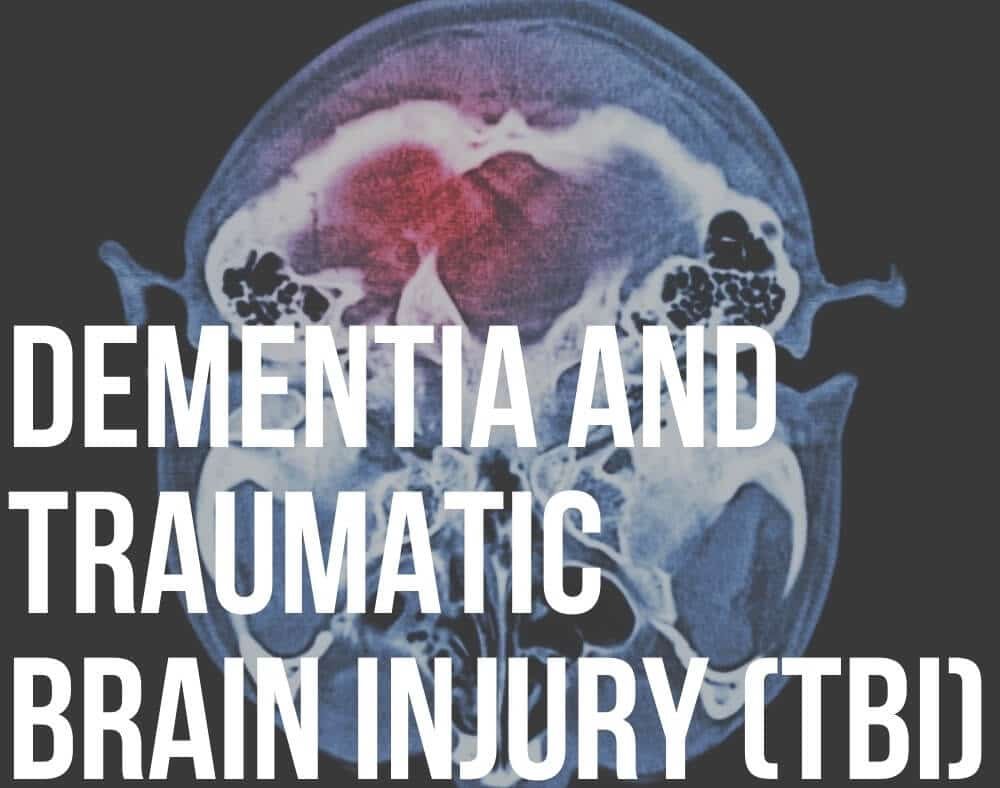While studying dementia, it is important to look into the history of dementia to get some background information about the illness.
The concept of dementia is probably as old as mankind.
The term dementia comes from “demens” which is a Latin word that means being out of a person’s mind.
Philosophers in ancient civilizations like Greece and Rome viewed this as a normal part of growing old.

Contents
A Brief History Of Dementia
Before the 19th century, dementia was a broad clinical concept. It included all types of mental illnesses and psychosocial incapacity whether reversible or not.
During this time, if a person had lost their ability to reason, it would be said that they have dementia. It was also categorized as an organic disease such as syphilis responsible for destroying the brain.
Old people who got dementia were thought to have developed the illness because of the hardening of arteries.
However, as the lifespan of humans extended, advancements in the field of medicine also occurred and experts were able to study the brain in the 1800s.
This led to the realization that various diseases can result in this form of cognitive deterioration. Check out the evolution of dementia over the years, specifically before and after the 19th century.
Dementia before the 19th Century

Not much is recorded about the history of dementia during this period primarily because science and research during the medieval age were virtually non-existent.
In fact, before the 1700s, terms like stupidity, amentia, foolishness, senility, and idiocy were common when referring to various degrees of behavioral and cognitive deterioration resulting in psychosocial incompetence.
Plato and Aristotle spoke of mental decay in advanced age as an inevitable process affecting all old people without any preventive measures.
Cicero, a Roman statesman, had another view stating that loss of mental function was inevitable as it only affected weak-willed older men.
He explained that wanting to learn new things and staying mentally active could stave off the development of dementia.
A majority of people with mental illnesses were treated, sadly some nations locking them up in asylums. This started to change in the 19th century when Philippe Pinel, a French physician, advocated for a more humanitarian way of caring and treating persons who were mentally ill.
This offered better settings for clinical observations.
Dementia after the 19th Century

In 1910, the most common dementia (Alzheimer’s disease) was named after a German psychiatrist Alois Alzheimer.
This was after Alois studied the post-mortem brains of younger individuals who were affected by the illness. He published his first case in 1906. This was a case of a 50-year-old woman who was showcasing dementia symptoms.
After the lady passed on, Alois observed the microscopic tangles and plaques that are known to be hallmarks of the illness. He was, however, not convinced that the plaques were behind the development of dementia.
Alzheimer reported that they were just one of the features of the illness. Oskar Fischer, another Czech psychiatrist at the same time, was also researching the brains of older individuals.
He, too, saw the tangles and plaques.
Contributions from these two professionals shed more light on the condition making significant contributions to the history of dementia.
With the advancement of technology, there has been a better understanding of dementia and what causes it.
Later on in the 1960s, an electron microscope was introduced. This allowed medics to further study the plaques and tangles because they could use this equipment to zoom in while exploring the brain.
Alzheimer’s disease soon became the most common
In the 1970s, Alzheimer’s disease (AD) was officially recognized as the most common dementia form.

At this time, experts also revealed information that Alzheimer’s was different from the mild cognitive decline that is associated with growing old.
CT scans at this point confirmed shrinkage of brains in the persons affected by the neurodegenerative illness.
A decade later, in the 1980s, biochemical and molecular advances led to the identification of amyloid-b and tau as components of plaques and tangles.
When talking about the history of dementia, it is also important to mention that it was in the 1990s when experts were able to identify genetic mutations and the risk factors of AD.
At this stage, the stages of dementia were also categorized.
Additionally, there was a better understanding of the processes that result in dementia, particularly brain imaging, genetics, and molecular biology.
All through the 19h century, dementia was still considered a rare disease, perhaps because not many individuals lived past the age of 80.
Closing Thoughts
There have been a lot of changes in the history of dementia over the years.
People are now aware of a lot more information about the disease from when the Romans and Greeks first described dementia.
Even so, experts continue to do more research to discover more details about the disease, especially in regards to causes and treatment options.
There may be loads of fresh information and discoveries about dementia in the new future.







